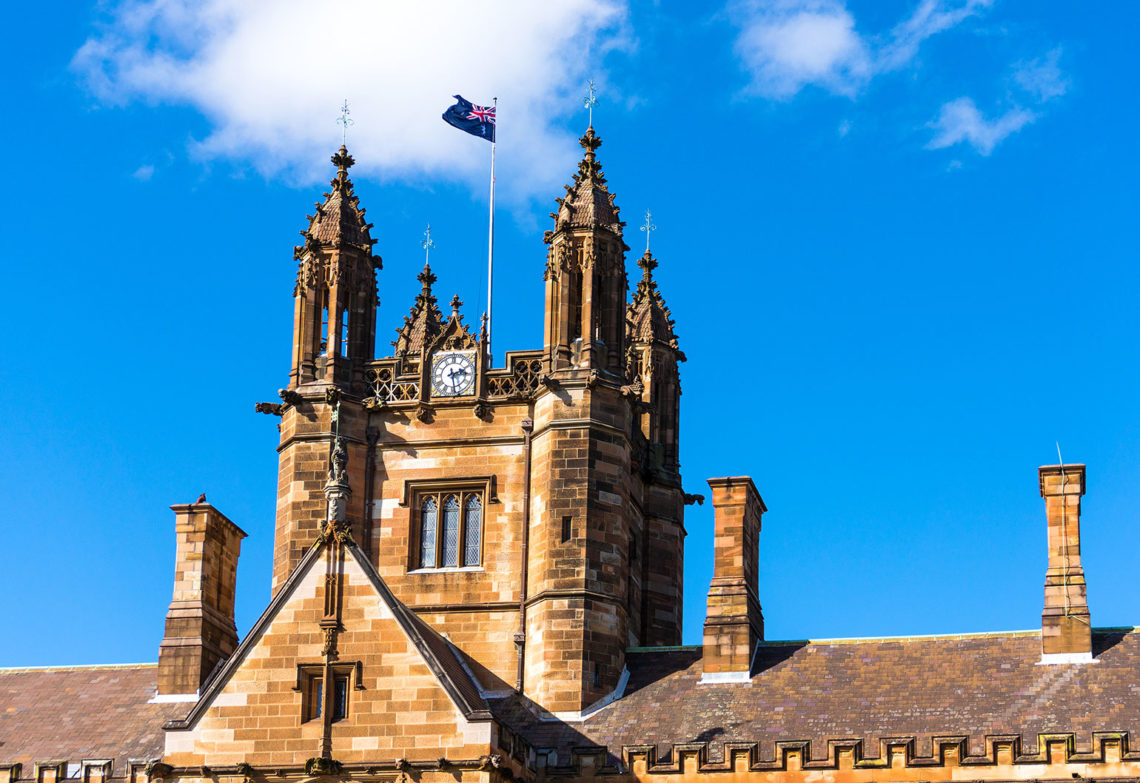More than two-thirds of Australian institutions rose in the 2020 QS World University Rankings, which could indicate they are attracting international students uncertain about studying elsewhere.
One exception was Australian National University (ANU), which dropped from 24th to 29th place, although it continued its reign as the highest-ranked university in the country.
The nation’s other top-performers in the latest rankings, released last week, are:
- University of Melbourne – up one place to 38
- University of Sydney – stable at 42
- University of NSW (UNSW) – up two places to 43
- University of Queensland (UQ) – up one place to 57
- Monash University – up one place to 58
- University of Western Australia (UWA) – up five places to 86
The subject-specific rankings for 2020 are yet to be released, but several Australian universities were also in the top 100 of the 2019 QS rankings for engineering and technology, including UNSW (38), University of Melbourne (40), Monash University (50), University of Sydney (56), ANU (61) and UQ (75).
Another notable improvement was seen by University of Technology Sydney (UTS), which leap-frogged 20 places to number 140.
According to QS director of research Ben Sowter, Australia’s improvements in the current rankings were driven mainly by international student ratio, academic reputation and citations per faculty.
But Sowter added that the increasing number of international students headed to Australian shores needed to be met with increased teaching capacity to continue the nation’s healthy performance in the rankings.
“There is every potential for this trend to continue if it is felt that Australia has placed teaching provision at the heart of its higher education strategy,” he said.
International trends
US universities held 10 of the top 20 spots in the latest QS rankings, with Massachusetts Institute of Technology at number one for the eighth year running, and Stanford and Harvard Universities in second and third place, respectively. But QS content marketing manager Sarah Linney said the US turned in the worst overall performance in the rankings’ history.
The UK also turned in a lacklustre performance, with ranked universities decreasing by 12.6 places on average.
Both the US and UK saw decreases in international student ratios. While the causes of this drop are unclear, Sowter cited declining higher education funding and uncertainty about the fee status of European Union students after Brexit as possible contributing factors.
“On the other end of the spectrum, 69 per cent of Australian universities saw improvements in their ranks, which may suggest that these universities are making the most of the international student community’s uncertainty about studying in the US and UK,” Linney added.
In the Asia Pacific region, National University of Singapore and Nanyang Technological University topped the QS rankings in equal 11th place. China ranked next, with Tsinghua University (16) and Peking University (up from 30 to 22), followed by University of Tokyo (22), then University of Hong Kong (25).



